When you create a garden, using groundcovers is a smart idea. They do more than just make it look good. Groundcovers offer many benefits for your garden. These short plants not only prevent weeds and keep slopes stable but also add visual appeal and texture to your yard. Unlike regular lawns that need frequent mowing, groundcovers save you from that hassle. But in colder places, some groundcovers go dormant in winter, leaving the soil open to weeds and erosion. To tackle this, smart gardeners choose evergreen groundcovers. These plants stay green all year, providing continuous coverage and bringing extra advantages.
The Evergreen Groundcovers Advantage
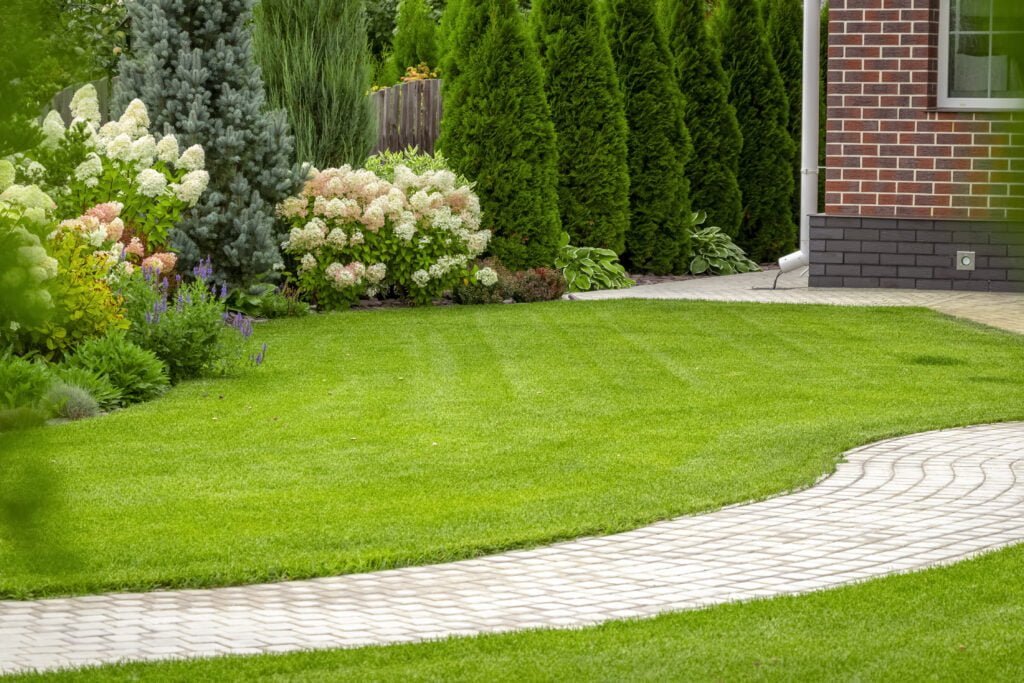
Visual Interest Beyond Dormancy
Evergreen groundcovers are essential for keeping your garden visually appealing, especially when other plants are dormant. Their lively greenery persists throughout the seasons, creating a vibrant tapestry even in the winter. This not only adds to the overall beauty but also breaks the monotony of a winter garden, providing a refreshing sight.
Habitat for Beneficial Insects
These diligent plants serve as shelters for beneficial insects and pollinators during the winter, promoting a healthy and diverse ecosystem in your garden. When you opt for evergreen groundcovers, you actively contribute to preserving essential habitats for pollinators, ensuring the ongoing well-being of your garden’s ecosystem.
Erosion Control and Soil Protection
Several types of evergreen groundcovers have strong, fibrous roots that efficiently prevent soil erosion. Throughout the year, their sturdy green shoots act as a natural barrier, dispersing heavy rain and snow before it reaches the soil. This not only stops erosion but also maintains soil health by preserving its structure and nutrient content.
Living Mulch for Weed Control
A notable advantage of evergreen groundcovers is their function as living mulch. By consistently shading the soil, they create an unwelcome environment for weed seeds to sprout. Well-established groundcovers are especially skilled at beating weeds in the competition, guaranteeing a garden space that’s easy to maintain and free from weeds.
The Top 20 Evergreen Groundcovers
Flowering Evergreen Groundcovers
1. Wall Germander ( Teucrium chamaedrys): This sturdy and enduring perennial shrub is both resistant to drought and attractive to pollinators. During the summer, it blooms with enchanting purple-pink flower spires, standing at a height of 1-2 feet. It can withstand cold temperatures, going as low as -20 degrees Fahrenheit.

2. Flowering Thyme (Thymus spp.): This tough groundcover comes in many types, and it can endure cold temperatures down to -30 degrees Fahrenheit. It stays green even in winter, adding a touch of fragrance to your garden.
3. Prickly Pear (Opuntia spp.): These special cactus varieties are tough in the cold and make for a fun evergreen groundcover. They bloom with lively flowers in different colors during the summer and can withstand temperatures as low as -20 degrees Fahrenheit.
4. Lilyturf (Liriope muscari): This is a plant that spreads across the ground in clusters. It has leaves with various colors and can survive in extremely cold weather. During the spring, it produces tall purple flower spikes.
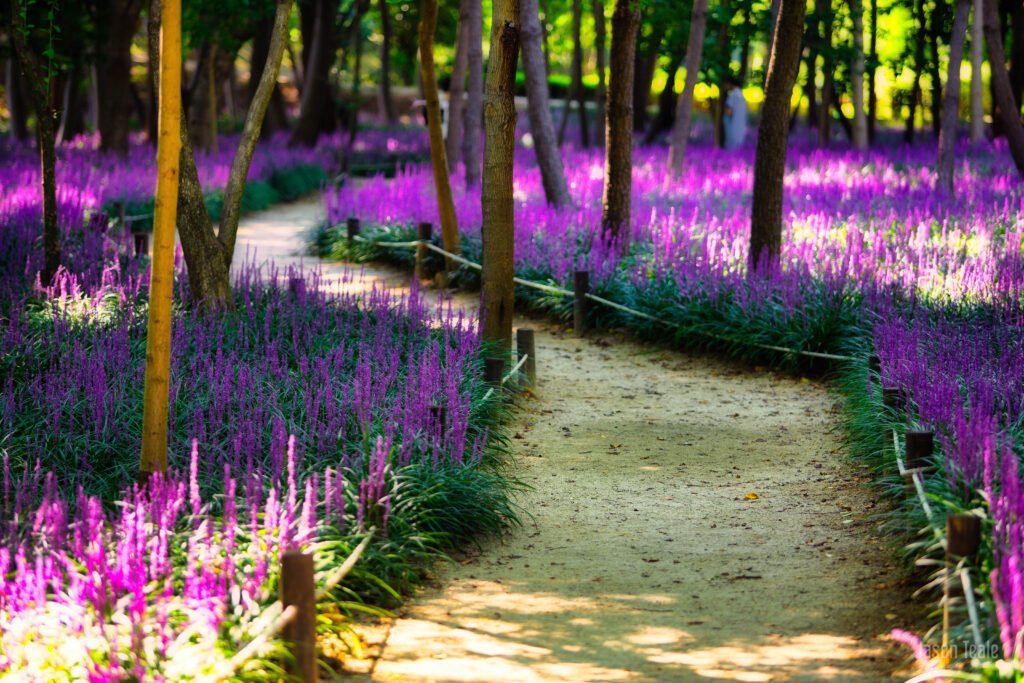
5. Sedums (Sedum spp.): This is a ground-covering plant with thick leaves. It remains green in moderately cold winters and retains some greenery in very cold winters. It blooms with flowers towards the end of summer and into the fall.
6. Candytuft (Iberis sempervirens): This often overlooked evergreen ground cover is decorated with bunches of white flowers. It can withstand extremely cold temperatures, going down to -30 degrees Fahrenheit, and does a great job at preventing the growth of weeds.
7. Creeping Phlox (Phlox subulata): Creeping phlox is super good at handling extremely cold temperatures. It creates a thick layer of needle-shaped leaves that stay green throughout the winter. Plus, it bursts into vibrant blooms in early spring.
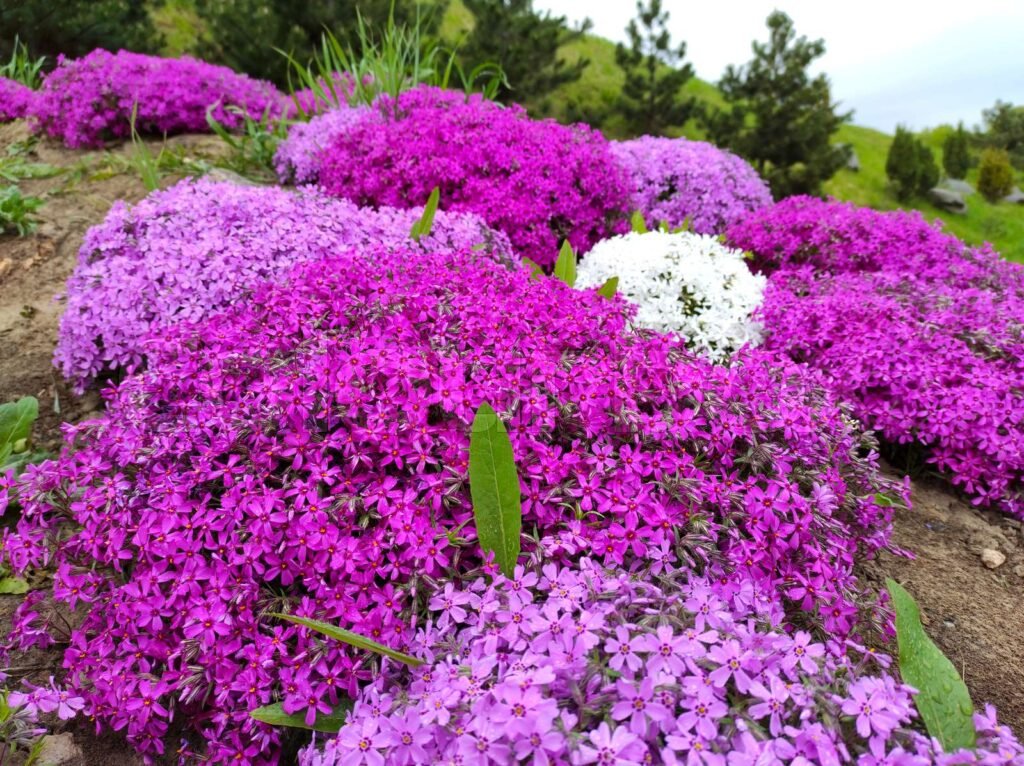
8. Bugleweed (Ajuga reptans): This short evergreen groundcover reaches a height of 8 to 10 inches and has tall, slender spikes of blue-purple flowers. It’s tough enough to endure freezing temperatures, going as low as -40 degrees Fahrenheit, and adds lively color even when it’s not in bloom.
9. Mini Mondo Grass (Ophiopogon japonicus ‘Nana’): This tiny groundcover doesn’t grow taller than 4 inches, making it perfect for various uses in sunny spots and between stepping stones.
10. Wintercreeper (Euonymus fortunei): Although this evergreen groundcover is excellent, it’s important to be cautious because it has the potential to spread rapidly. Variegated varieties such as ‘Variegatus’ and ‘Emerald Gaiety’ are less aggressive, forming a leafy mat that can withstand temperatures as low as -30 degrees Fahrenheit.

Check Out The Ultimate Epipremnum Pinnatum Variegata Care Guide
11. Black Mondo Grass (Ophiopogon planiscapus ‘Nigrescens’): This ground cover keeps its attractive bronze to black leaves all year round, adding a beautiful contrast to your garden. It can withstand chilly temperatures, going as low as -20 degrees Fahrenheit, and in the summer, it blossoms with striking dark purple flowers.
12. Creeping Juniper (Juniper horizontalis): This short evergreen bush, which grows up to 18 inches tall, is not appealing to deer and rabbits. It spreads out nicely and, once it’s well-established, produces blue “berries.”
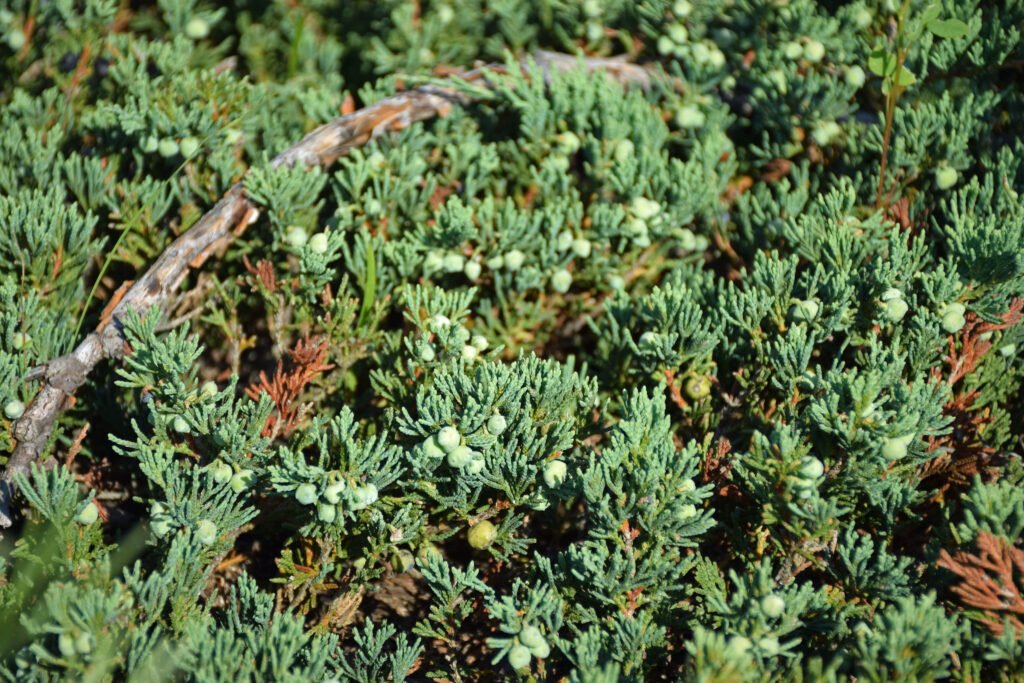
13. Rock Cotoneaster (Cotoneaster horizontalis): Known for its soft sprays of green leaves, this shrub groundcover, hardy to -20 degrees F. Adds elegance with white-pink flowers in spring and red berries in fall.
14. Hens and Chicks (Sempervivum tectorum): These tough succulents come in many different leaf colors, making the winter garden more interesting. They stay small and can endure really cold temperatures, going as low as -30 degrees Fahrenheit.
15. Bearberry (Arctostaphylos uva-rusi): Bearberry has shiny, dark leaves and bunches of dark red berries. It grows well in cold climates, helping prevent erosion and attracting wildlife.
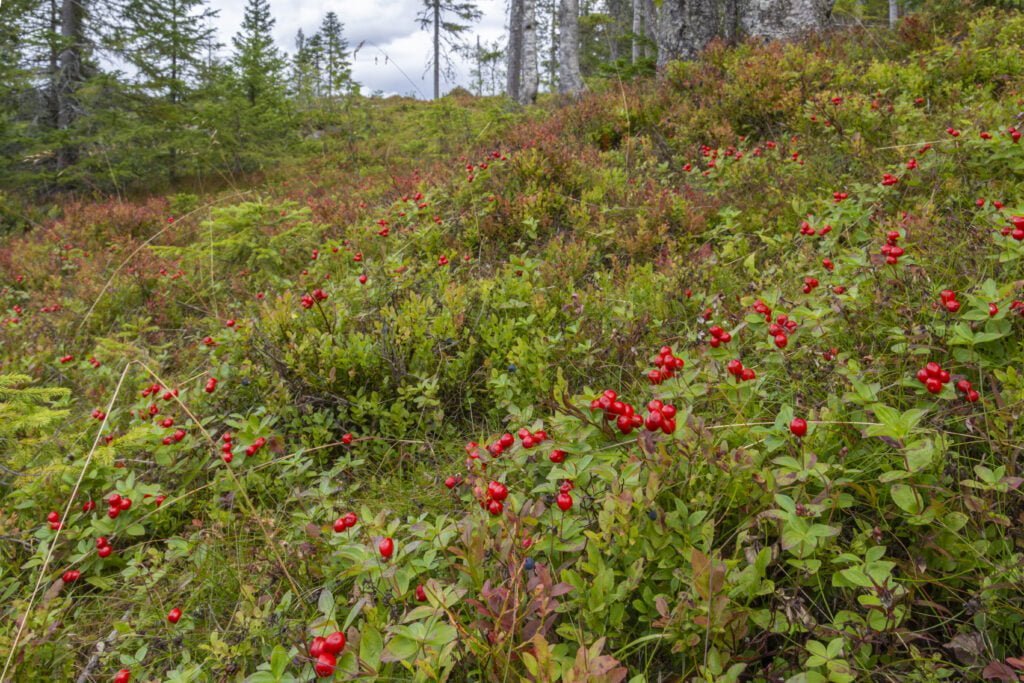
Check Out Exploring the Rich World of Basil Varieties: A Comprehensive Guide
Evergreen Groundcovers Varieties for Shade
16. Siberian Cypress (Microbiota decussata): This shrubby ground cover, perfect for shady spots, has needles that resemble those on arborvitae trees. In the fall, it transforms into a beautiful bronze-orange color, adding both texture and a splash of color. It can withstand really cold temperatures, going as low as -40 degrees Fahrenheit.
17. Creeping Raspberry (Rubus calycinoides): Sometimes called a crinkle-leaf creeper, this groundcover is free from pests and deer don’t like to eat it. It grows low to the ground and has white flowers on bending stems in the spring. In the fall, the leaves turn a bright red color. It can survive temperatures as low as -10 degrees Fahrenheit.
18. Allegheny Spurge (Pachysandra procumbens): Unlike regular pachysandra, this native groundcover can survive temperatures as low as -20 degrees Fahrenheit. It’s great for shady areas and has sweet-smelling white flowers. To help it grow well, trim away any dead leaves in early spring.
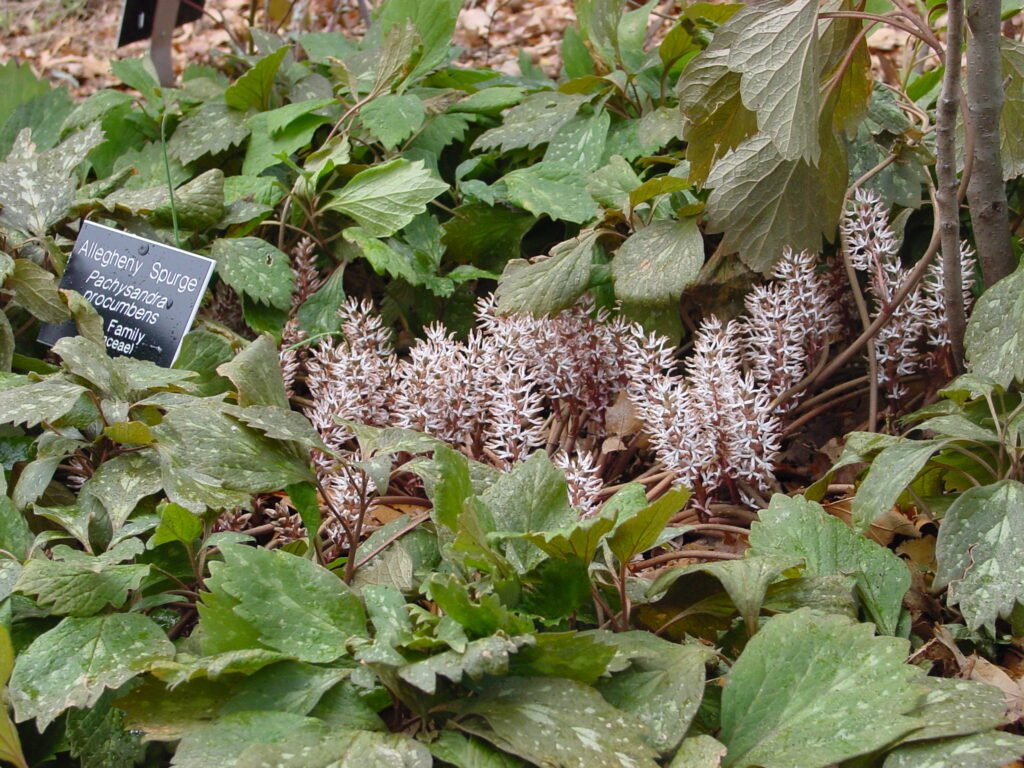
19. European Ginger (Asarum europaeum): This plant has shiny, round leaves that look like hearts. It grows slowly on the ground and likes shady places. It can be as tall as 6 inches and can survive really cold temperatures, down to -30 degrees Fahrenheit.
20. Christmas Ferns (Polystichum acrostichoides): These ferns can grow in full shade and are tough enough to handle temperatures as low as -40 degrees Fahrenheit. They can grow up to 2 feet tall and keep their green fronds all year round, making them interesting to look at during the winter.
To sum up, choosing evergreen groundcovers provides numerous options for different garden conditions. By strategically including these plants, you not only guarantee year-round beauty but also contribute to the overall health and sustainability of your garden ecosystem. Explore the variety of options available and transform your garden into a thriving, visually appealing landscape that stands out in every season.
Read more related evergreen groundcovers articles on Web-
25 Evergreen Ground Cover Plants You’ll Love
15 Best Evergreen Ground Cover Plants
25 Low-Maintenance Groundcover Plants that Look Great in Any Yard
Pingback: Cranesbill (Hardy Geranium) Care: The Definitive Handbook -
Pingback: 8 Types of Green Insects – Identification Guide -
Pingback: Stunning Trees That Start with ‘E’ gardeners school
Pingback: Craft Christmas Wreath: Simple Steps for Fab Decor